Actually, “xăm mơ” is not a misspelling of “săm mơ”.
1- Examine
What is "scrutinizing"?
Vietnamese Dictionary (Hoang Phe editor - Vietlex) records 2 meanings for "sầm soi": "1 to look over and over again with pleasure. Scrutinize oneself in the mirror ~ "Long took out a Seiko wristwatch, scrutinizing it in the palm of his hand". (Cao Duy Thao). Dn: sầm se; 2 to look with great attention, as if to discover every small detail. "The influential families in this area hired her to carry water. (...) They scrutinized to see if the water she carried was clear". (Vo Thi Hao). Dn: sầm se".
The word “sầm” is of Chinese origin from the word “thầm” 探 which means to examine. The relationship TH↔S (thầm↔săm) appears in many other cases such as: tham 深↔sầu; thiet 鐵↔sát; giai 採↔sái; Tháp 榻↔sáp (a collapse); Tháp 塌↔sấu/sáp (collapse/collapse),... The relationship AM ↔ ẤM, we have tham 探↔thầm; dam 耽↔đăm/chẩm; dam 潭↔chầm; dạm 澹↔đầm; kham 坎↔kham (a prank, a prank),...
With the word “soi”, the Chinese origin comes from the word “chieu” 照 which means to examine, to shine. The relationship CH↔S is also seen in many other cases such as: chan 疹↔sần/sội (rough; measles = a disease that causes fever, red rash); chan 診↔soi to find/consider (in diagnosing); chu 朱↔son. The relationship IEU↔OI, such as khieu 叫↔call; khieu 挑↔khội/gội; liu 了↔rội; trieu 兆↔mội/vội (sign, symptom); trieu 召↔vội/mội/đới,...
In Chinese, the word tham chieu 探照 (sâm soi), is explained by the Chinese dictionary as tham tam chieu xa 探寻照射, meaning to search, to illuminate, which has a similar meaning to sam soi in Vietnamese.
2- Tattoo
The Vietnamese Dictionary (Hoang Phe, editor-in-chief - Vietlex) does not collect the word “xăm xoi”. However, the Great Vietnamese Dictionary (Nguyen Nhu Y, editor-in-chief) collects and explains “xăm xoi” as “Xỏi, pry into other people’s affairs: the habit of prying into other people’s affairs <> to look pry into other people’s affairs”. The Vietnamese Reduplicated Word Dictionary (Hoang Van Hanh, editor-in-chief) also records and explains the same meaning: “Xỏi, pry into other people’s affairs. The habit of prying into other people’s affairs. To look pry into other people’s affairs”.
"Xam xoi" is also a word with Chinese elements.
The Chinese word “Xam” comes from the word “tiềm” 纖, meaning to stab, to skewer. The relationship TX (tiềm ↔xăm) is also seen in many cases such as: Tích昔↔xua; Tích 績↔xe (to spin yarn); cảm 尖↔xăm (to tattoo); tiền 翦↔xén (to cut); Tiểu 小↔xíu (tiny); tiền 踐↔xéo (to slant up); tập 集↔xáp, to arrange. The relationship IÊM↔ĂM such as: hiem 嫌↔gầm (to look at gầm gầm; hiem hiem 嫌嫌 = to stare); diem 恬↔đầm (to be affectionate); thiem 添↔ châm (to add gầm, to add),...
The Chinese word "xoi" comes from the word "chuan" 穿, which means to poke, to drill, to make a hole, to penetrate. In the relationship UYEN↔OI, we have "tâng" 倦↔mội (tired); "giao" 傳↔called; " Tuyến" 綫↔sội; "duận" 沿↔noi (follow); "duận" 延↔mội; "chuyen" 轉↔dội; "Tuyền" 泉↔suối.
People still make iron and steel needles with sharp tips to poke deep into the ground to search for ancient artifacts or lost graves. When digging, if there is only soil underneath, the needle will go deep and will not feel any resistance. But if pressing down and encountering something hard, the needle will stop, and people will dig up that place to see what is buried deep in the ground (hence the term “xam xea”).
As for “xoi”, people will also have to use an iron rod or a sharp stick to pierce and clear a pipe. “Xoi” in “xam xoi” is the same as “xoi” in “xoi moi”, “xoi soi” (“moi” is a variation of “moi”; “bói” is a variation of “bới”). Xam xoi, xoi soi, xoi moi, all mean to search, to rummage through, which the dictionary of Nguyen Nhu Y and Hoang Van Hanh explains as “Xoai moi, to dig into other people’s affairs”.
Here we see that, while "scrutinizing" tends to be about looking, looking with utmost attention (sometimes examining one's own reflection in the mirror), "xam soi" tends to be about hunting, probing, rummaging, digging thoroughly, finding by all means, finding something that is hidden.
In fact, sometimes “sầm soi” is used with the same meaning as “xăm soi”, when talking about looking intently as if to discover something (which is the second meaning of “sầm soi” that Hoang Phe’s dictionary explains as “looking with utmost attention, as if to discover every small detail”).
Thus, “xăm xoi” and “săm soi” are two different words, existing independently and having different meanings, not that “xăm xoi” is a spelling mistake of “săm soi”, as the program Vua Tiếng Việt mistakenly said.
Hoang Tuan Cong (Contributor)
Source: https://baothanhhoa.vn/chinh-ta-sam-soi-nbsp-va-xam-xoi-259085.htm


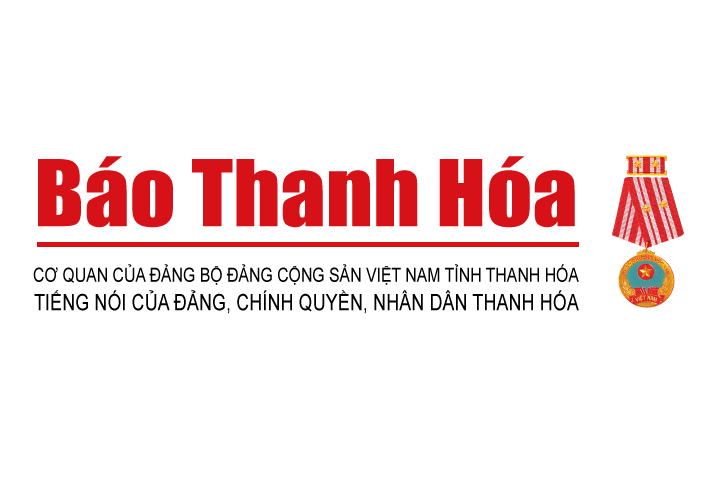
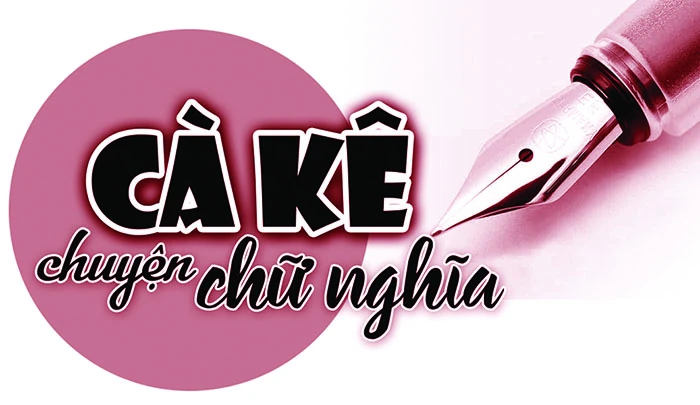

![[Photo] President Luong Cuong attends special political-artistic television show "Golden Opportunity"](https://vstatic.vietnam.vn/vietnam/resource/IMAGE/2025/8/22/44ca13c28fa7476796f9aa3618ff74c4)


![[Photo] Prime Minister Pham Minh Chinh chairs the conference to review the 2024-2025 school year and deploy tasks for the 2025-2026 school year.](https://vstatic.vietnam.vn/vietnam/resource/IMAGE/2025/8/22/2ca5ed79ce6a46a1ac7706a42cefafae)
![[Photo] President Luong Cuong receives delegation of the Youth Committee of the Liberal Democratic Party of Japan](https://vstatic.vietnam.vn/vietnam/resource/IMAGE/2025/8/22/2632d7f5cf4f4a8e90ce5f5e1989194a)
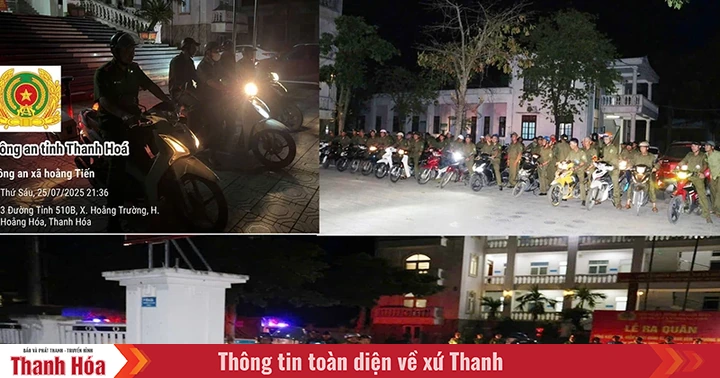



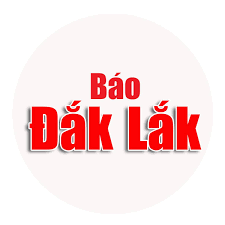










![[E-Magazine]: That place is so passionate that it makes your heart flutter](https://vstatic.vietnam.vn/vietnam/resource/IMAGE/2025/8/22/ac7c83ddf6dc43a49a177f8f8bc2262d)




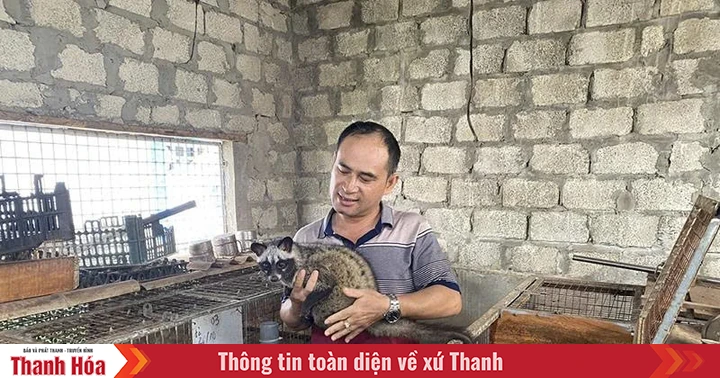
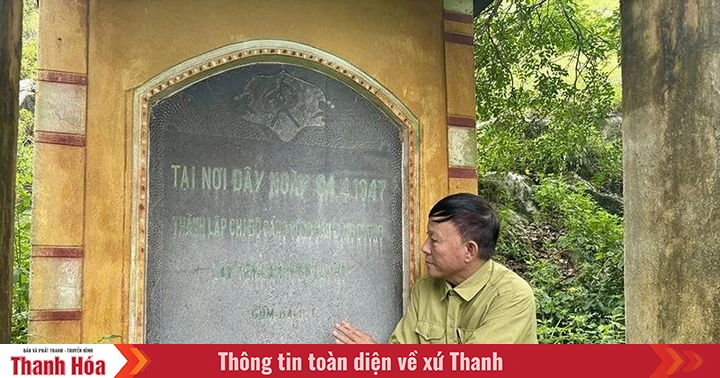
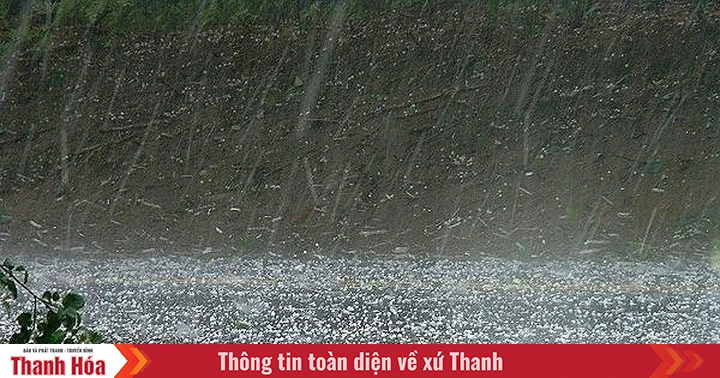

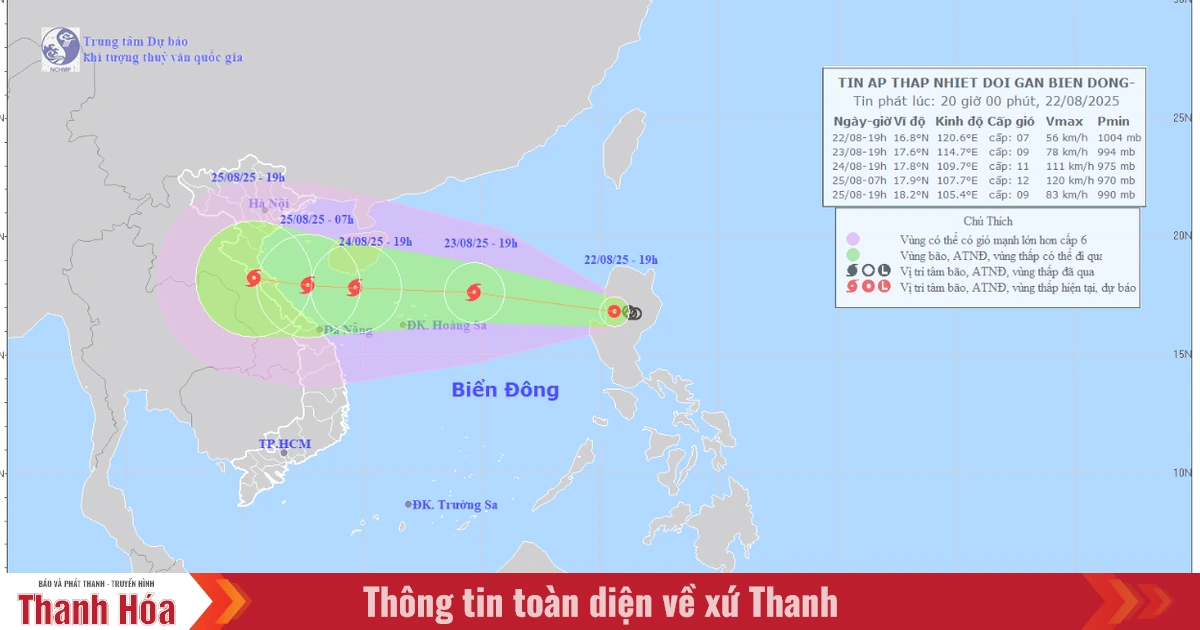

















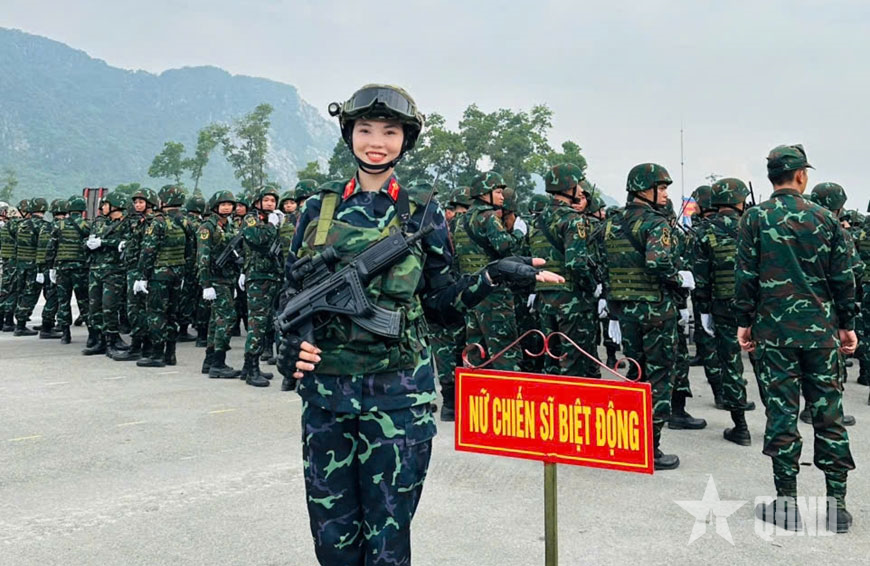

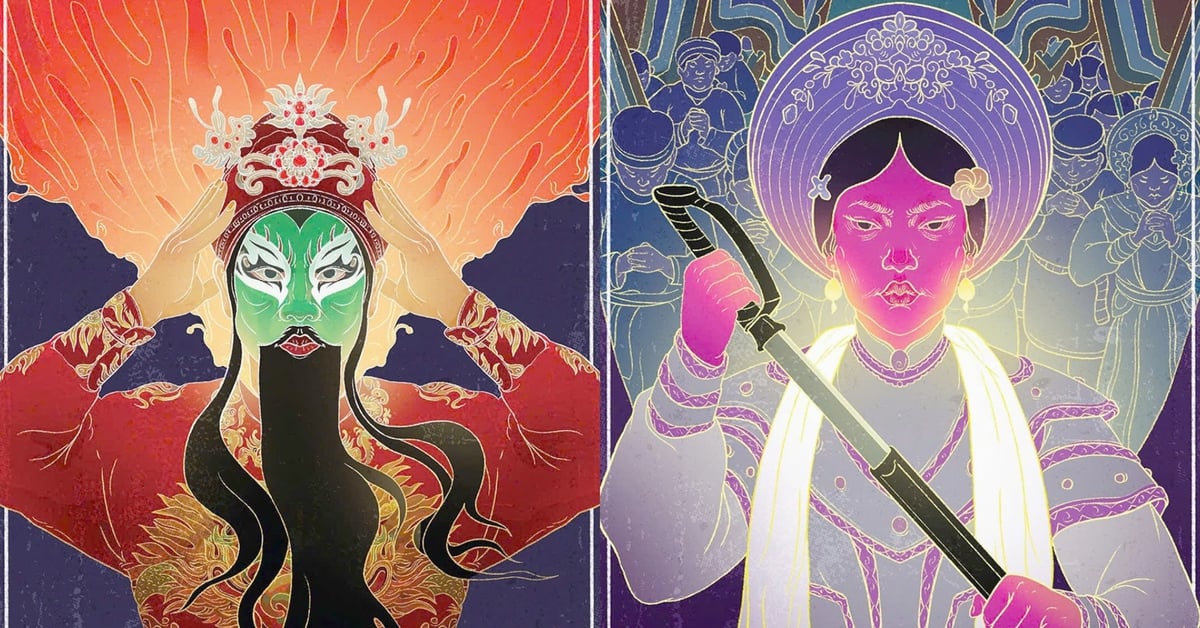








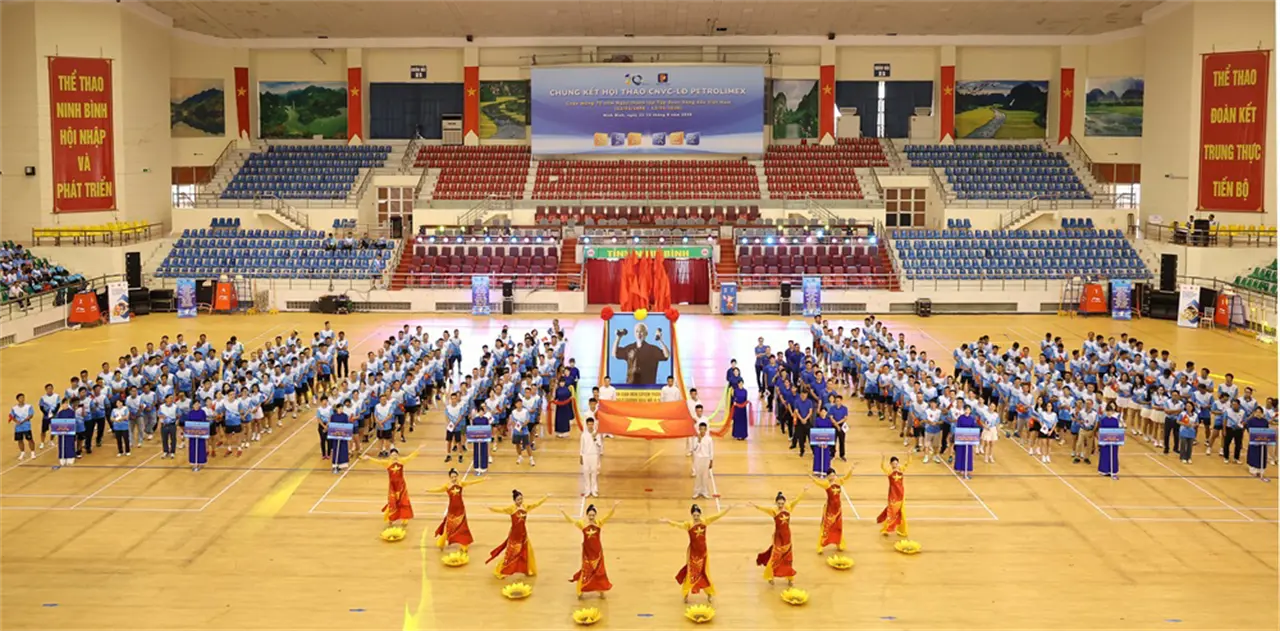

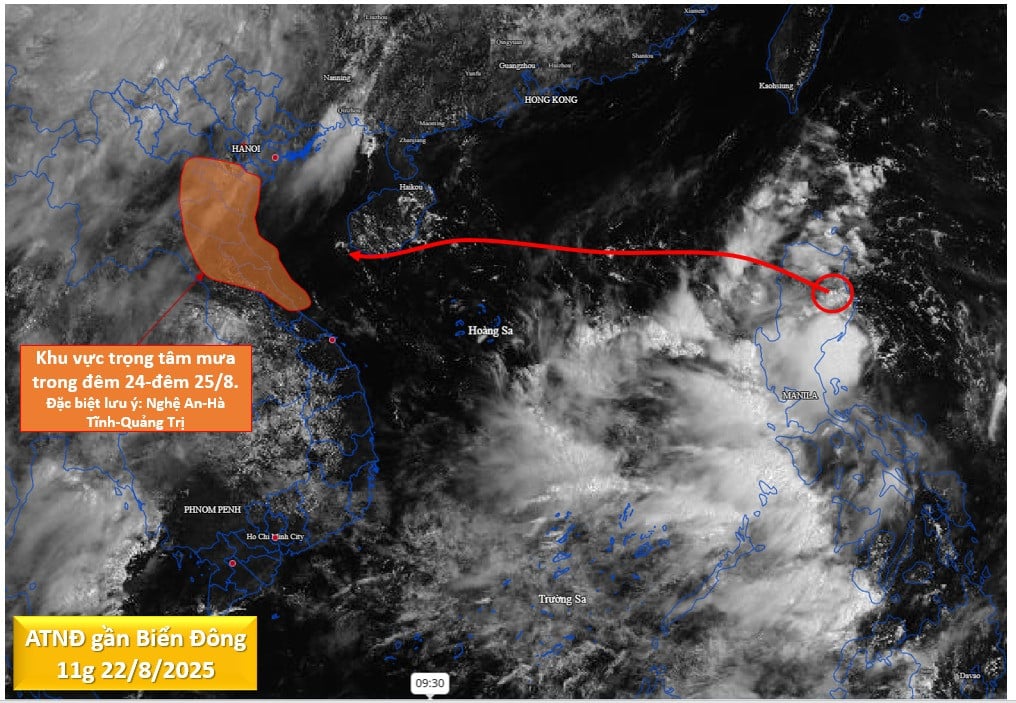




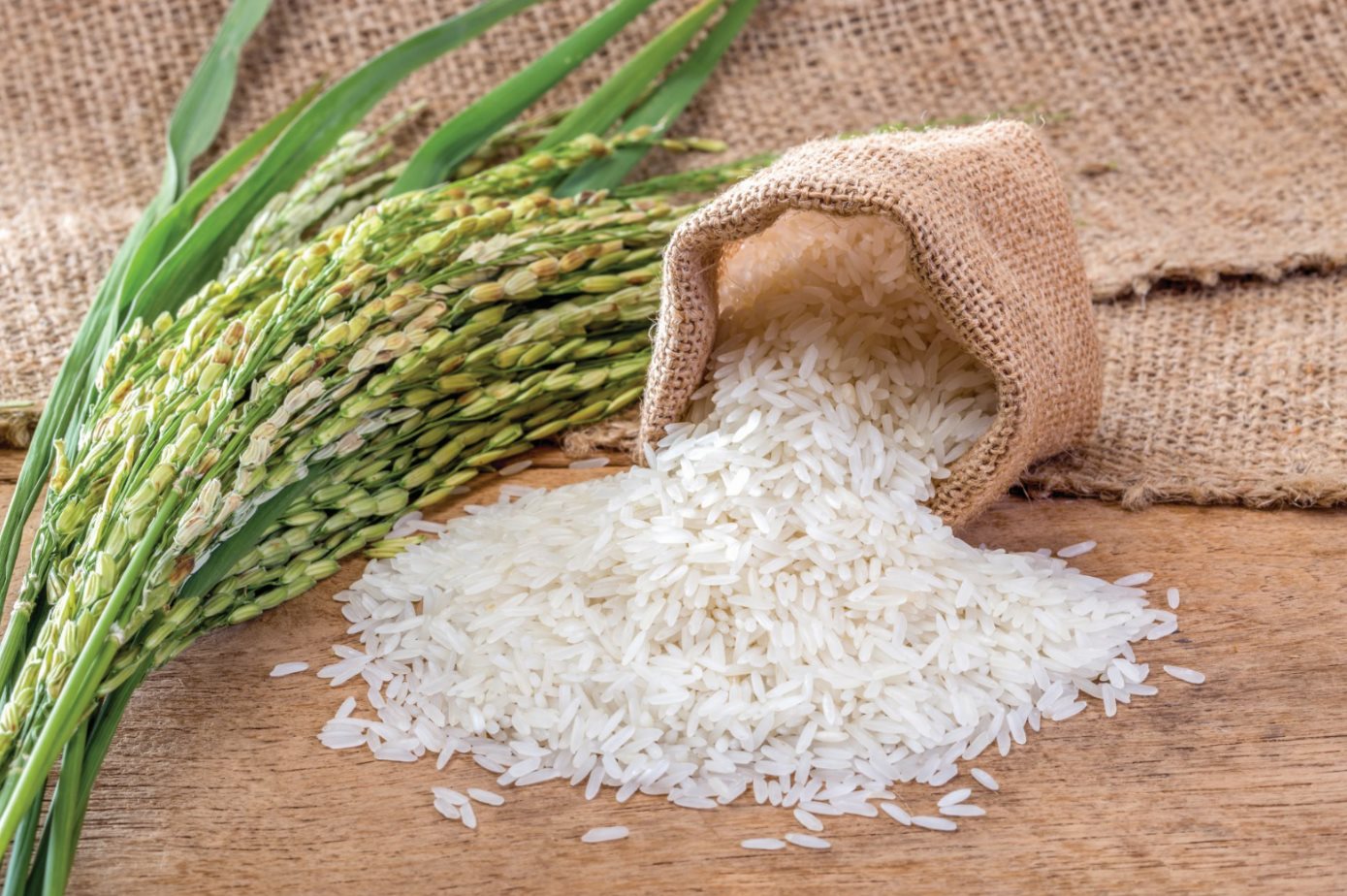
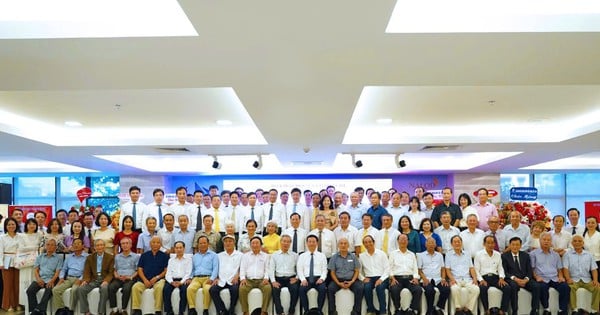



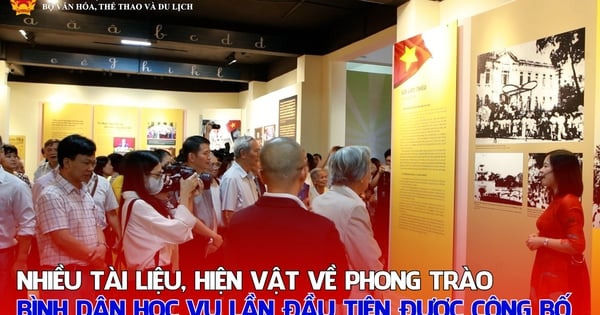


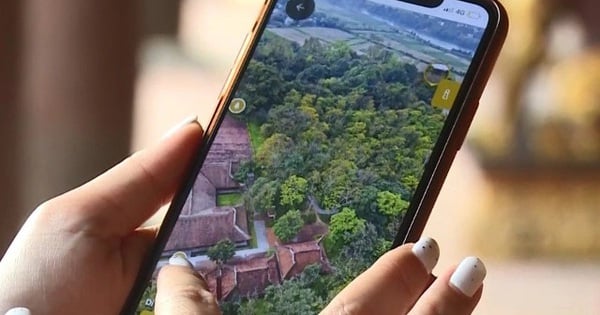




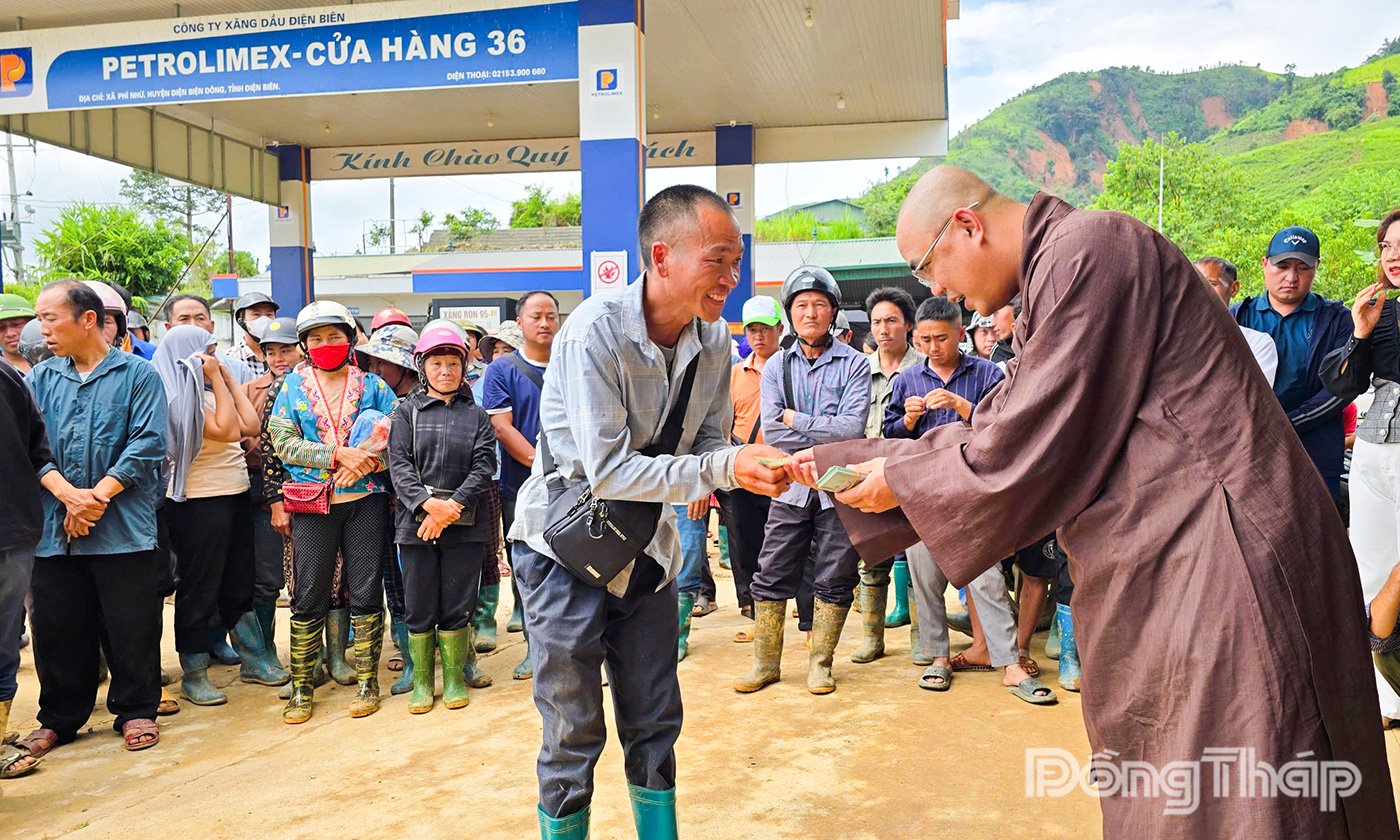
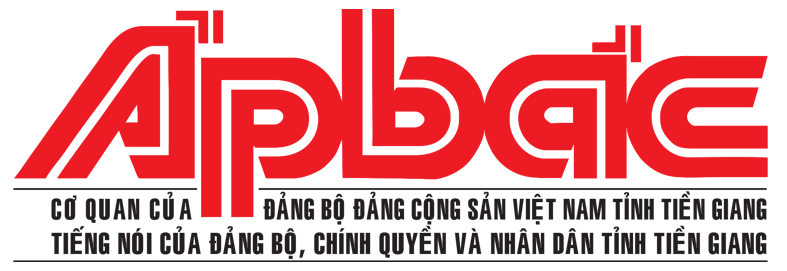
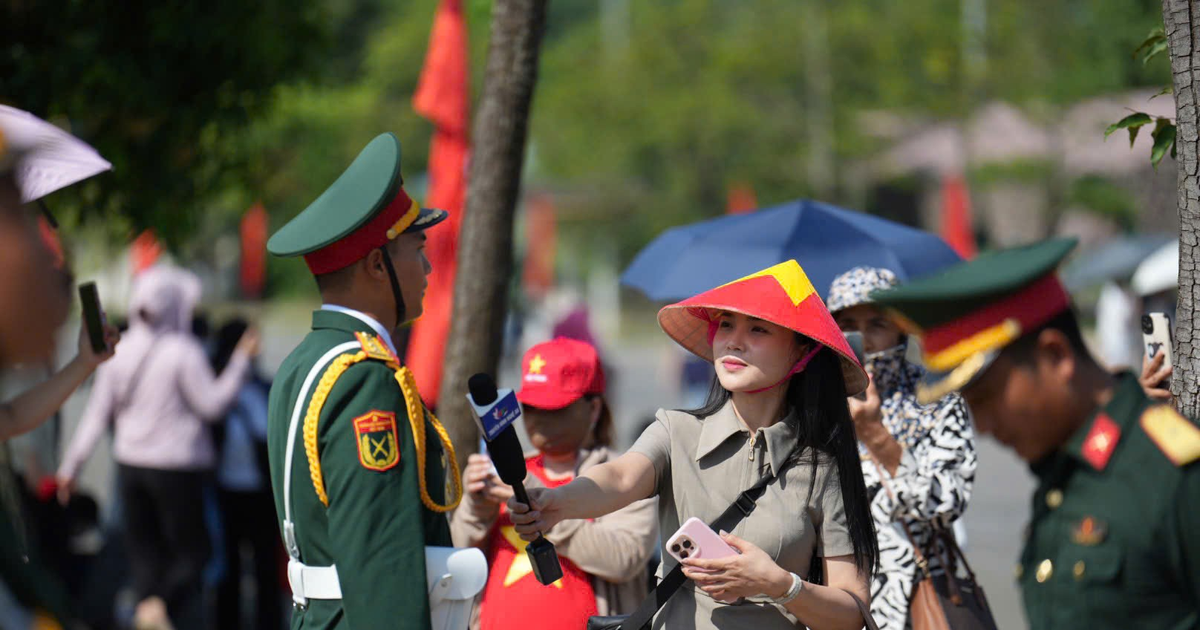


















Comment (0)